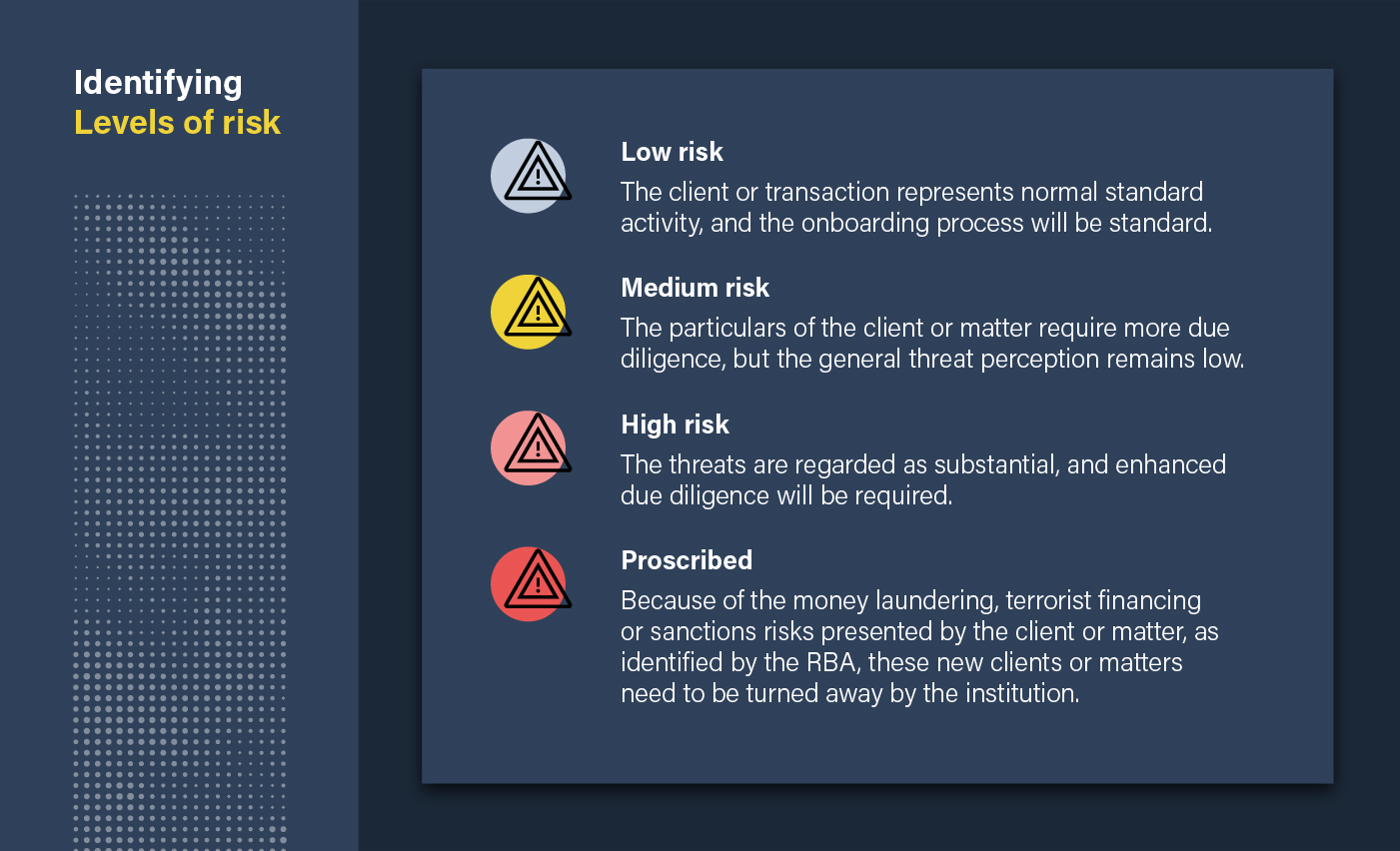
The State of Financial Crime 2025
Read our fifth annual state-of-the-industry report, built around a global survey of 600 senior compliance decision-makers.
Download your copyVendor due diligence (VDD) is the process of evaluating a vendor’s financial crime risks before entering into a business relationship with it.
Working with third-party vendors is an essential operational element in many sectors, from established financial institutions (FIs) partnering with FinTechs or foreign counterparts, to shipping companies involved in complex supply chains.
Across the increasingly interconnected world of global finance, these relationships are set to come under greater regulatory scrutiny. As explored in our State of Financial Crime 2025, governments and regulators are seeking to crack down on the sanctions evasion risks posed by intermediary firms; Chinese companies transacting with Russian entities are one likely area of focus for sanctions enforcement.
In today’s highly interconnected global economy, vendor due diligence (VDD) should, like the customer due diligence (CDD) process, form an essential part of your anti-money laundering and countering the financing of terrorism (AML/CFT) compliance program.
As with CDD, the purpose of VDD is to establish any AML risks a business relationship with a given vendor may create. This allows you to decide whether to proceed with the relationship and, if so, take steps to mitigate them.
For AML purposes, these risks will typically be:
Without VDD in place, your business risks regulatory action if you are inadvertently involved in third-party money laundering or doing business with criminals or sanctioned entities. Regulatory enforcement can result in financial and legal penalties, as well as reputational damage among consumers.
Read our fifth annual state-of-the-industry report, built around a global survey of 600 senior compliance decision-makers.
The State of Financial Crime 2025
The VDD process involves these key stages:

To complete these steps, you must understand what information is required and how it should be collected. This includes:
To evaluate a vendor’s AML risk level, you should use this information to determine the following:
While VDD must always involve the steps outlined above, it should not be reduced to a superficial, box-checking exercise. Instead, you can optimize your due diligence processes by tailoring them to your business profile and adopting appropriate, specialist AML software. This will allow you to:
Effective VDD depends on access to high-quality, integrated data and sophisticated technological tools to analyze that data for risks. Businesses worldwide look to ComplyAdvantage to provide these AML compliance solutions.
For example, before partnering with ComplyAdvantage, global shipping firm Hafnia struggled to obtain UBO data from other industry players but can now carry out efficient and accurate screening checks.
With access to ComplyAdvantage’s proprietary data, your firm can protect itself against third-party risks with:
Get a detailed, integrated view of your financial crime risks with ComplyAdvantage’s proprietary data for sanctions, watchlists, PEPs, and adverse media.Protect your company with advanced risk data
Originally published 17 January 2020, updated 30 January 2025
Disclaimer: This is for general information only. The information presented does not constitute legal advice. ComplyAdvantage accepts no responsibility for any information contained herein and disclaims and excludes any liability in respect of the contents or for action taken based on this information.
Copyright © 2025 IVXS UK Limited (trading as ComplyAdvantage).